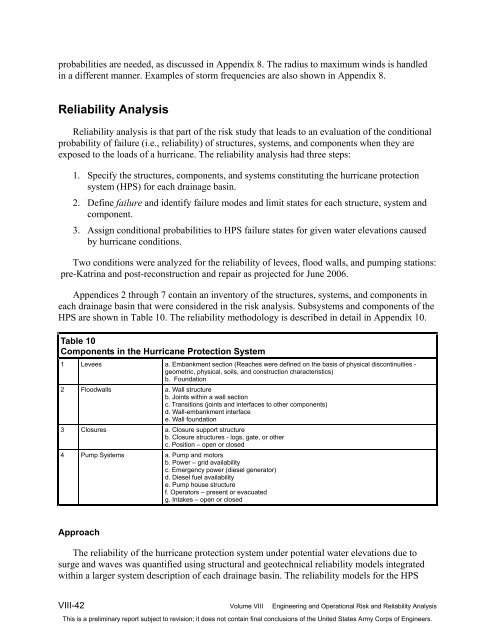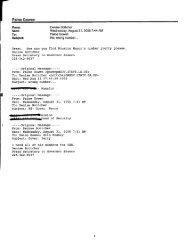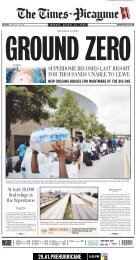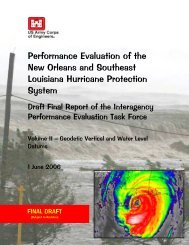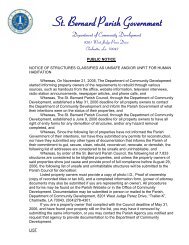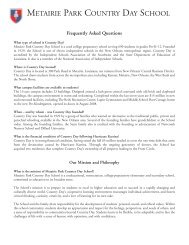IPET Report 3 Vol VIII
IPET Report 3 Vol VIII
IPET Report 3 Vol VIII
You also want an ePaper? Increase the reach of your titles
YUMPU automatically turns print PDFs into web optimized ePapers that Google loves.
probabilities are needed, as discussed in Appendix 8. The radius to maximum winds is handled<br />
in a different manner. Examples of storm frequencies are also shown in Appendix 8.<br />
Reliability Analysis<br />
Reliability analysis is that part of the risk study that leads to an evaluation of the conditional<br />
probability of failure (i.e., reliability) of structures, systems, and components when they are<br />
exposed to the loads of a hurricane. The reliability analysis had three steps:<br />
1. Specify the structures, components, and systems constituting the hurricane protection<br />
system (HPS) for each drainage basin.<br />
2. Define failure and identify failure modes and limit states for each structure, system and<br />
component.<br />
3. Assign conditional probabilities to HPS failure states for given water elevations caused<br />
by hurricane conditions.<br />
Two conditions were analyzed for the reliability of levees, flood walls, and pumping stations:<br />
pre-Katrina and post-reconstruction and repair as projected for June 2006.<br />
Appendices 2 through 7 contain an inventory of the structures, systems, and components in<br />
each drainage basin that were considered in the risk analysis. Subsystems and components of the<br />
HPS are shown in Table 10. The reliability methodology is described in detail in Appendix 10.<br />
Table 10<br />
Components in the Hurricane Protection System<br />
1 Levees a. Embankment section (Reaches were defined on the basis of physical discontinuities -<br />
geometric, physical, soils, and construction characteristics)<br />
b. Foundation<br />
2 Floodwalls a. Wall structure<br />
b. Joints within a wall section<br />
c. Transitions (joints and interfaces to other components)<br />
d. Wall-embankment interface<br />
e. Wall foundation<br />
3 Closures a. Closure support structure<br />
b. Closure structures - logs, gate, or other<br />
c. Position – open or closed<br />
4 Pump Systems a. Pump and motors<br />
b. Power – grid availability<br />
c. Emergency power (diesel generator)<br />
d. Diesel fuel availability<br />
e. Pump house structure<br />
f. Operators – present or evacuated<br />
g. Intakes – open or closed<br />
Approach<br />
The reliability of the hurricane protection system under potential water elevations due to<br />
surge and waves was quantified using structural and geotechnical reliability models integrated<br />
within a larger system description of each drainage basin. The reliability models for the HPS<br />
<strong>VIII</strong>-42 <strong>Vol</strong>ume <strong>VIII</strong> Engineering and Operational Risk and Reliability Analysis<br />
This is a preliminary report subject to revision; it does not contain final conclusions of the United States Army Corps of Engineers.


